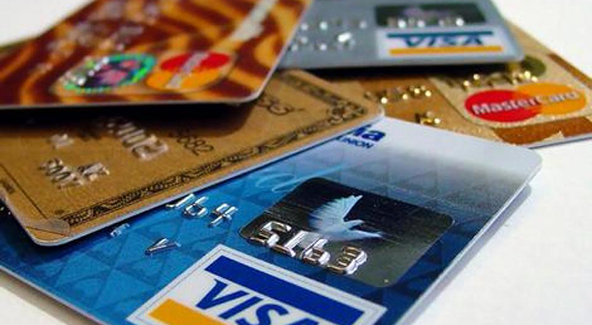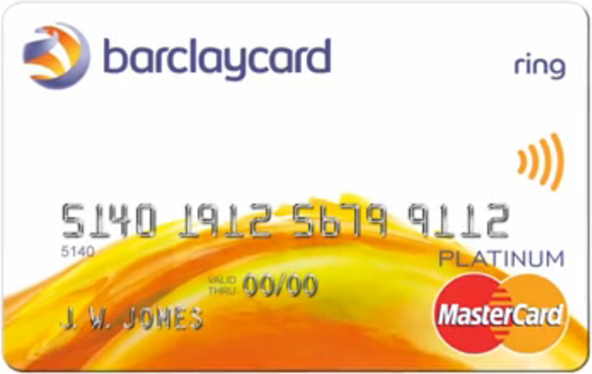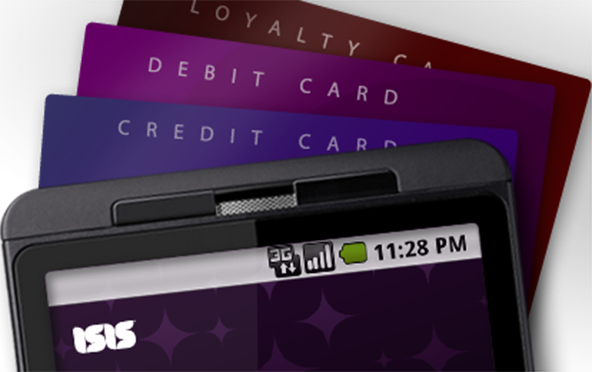Consumer vs. Small Business Credit Cards

Credit card companies are pushing hard their small business card offerings, even as they continue to contract their regular loans. Issuers mailed out 47 million business card offers in the first quarter of 2010, an increase of 256 percent from the same period last year, according to research firm Synovate. Three-quarters of all small business applicants for credit cards were approved, according to a report from the Federal Reserve, published in May. At the same time, small business lending has shrunk by $40 billion in the first quarter of 2010 as compared to 2008. Moreover, only a third to half of small businesses were actually approved for a loan or line of credit in 2009. Often, credit card approvals were given by the same banks that previously denied the business a regular loan. Here is the gist of the Fed’s report:
The vast majority of small businesses use personal or small business credit cards. Most small businesses that use cards pay their balance in full each month, but some carry a balance, or borrow, on their credit cards. Small business credit cards differ from personal cards in that they are issued to firms, rather than individual consumers, and are intended to be used for business purposes only. Small business credit cards are also distinct from other types of card products designed for businesses, such as corporate cards, procurement cards, and fleet cards.
As of the end of 2009, 83 percent of small businesses used credit cards; 64 percent used small business cards, and 41 percent used personal cards. Despite the widespread use of credit cards, only a minority of small businesses – 18 percent – reported borrowing on credit cards. About 12 percent of small businesses borrowed on small business cards, and about 12 percent 2 Board of Governors of the Federal Reserve System borrowed on personal cards. In the aggregate, credit card debt represents a very small percentage of total debt held by small business owners to finance their business operations. In 2003, when 24 percent of small businesses reported borrowing on credit cards, credit card debt accounted for just 1.4 percent of all debt held by small businesses and the majority of credit card borrowing firms reported borrowing less than $5,000 in total on all their credit cards.
It is not all that hard to understand the rationale behind the banks’ lending decision process. On the one hand, credit card interest rates are typically higher than those of regular loans and contracts can be changed much more easily.
The bigger reason for the banks’ eagerness to issue small business credit cards, however, is the fact that they are not covered by the protections of the recently passed CARD Act. Yes, although they look the same on the surface, there are huge differences between business and regular consumer cards.
The CARD Act’s ban on inactivity fees and the $25 cap on late fees, for example, do not apply to small business cards. Nor does the requirement that cardholders get notified prior to a rate increase, of which they can opt out and close their accounts. Additionally, issuers can retroactively raise interest rates on small business cardholders, even if they are only late on a payment by a day. Retroactive fees can now only be applied to consumer cards if the cardholder is late on a payment by 60 days or more. For a more detailed list of the protections the CARD Act provides to consumer card, you can review this summary of its key features.
So you should think twice before responding to your next small business card offer. Yes, you will have a higher chance for approval, but you may end up paying dearly for it and will probably be better off sticking to your personal card.
Image credit: Whos.gr.



Helpful information you have discussed in the article. You should locate similar facts at a website like infinitifunding.com. This type of website will be of use for people looking for alternate loan info.